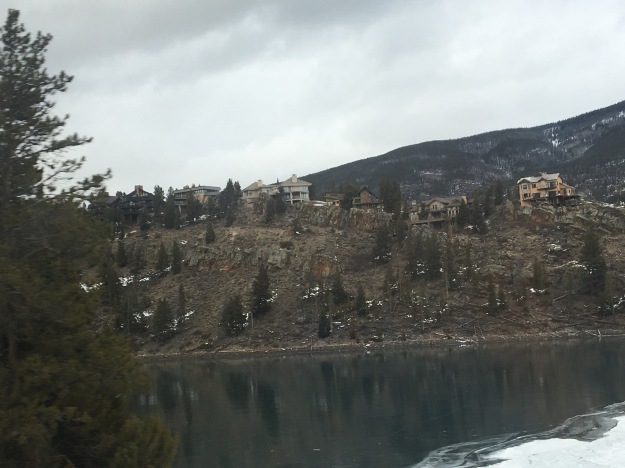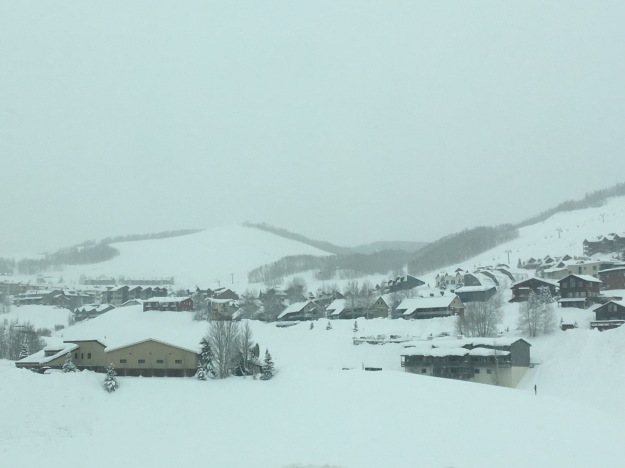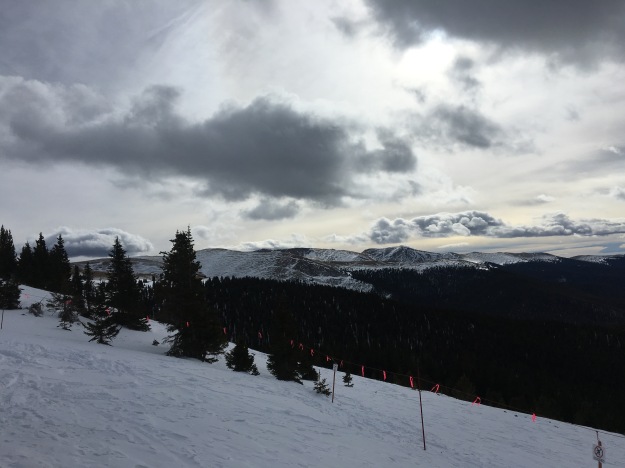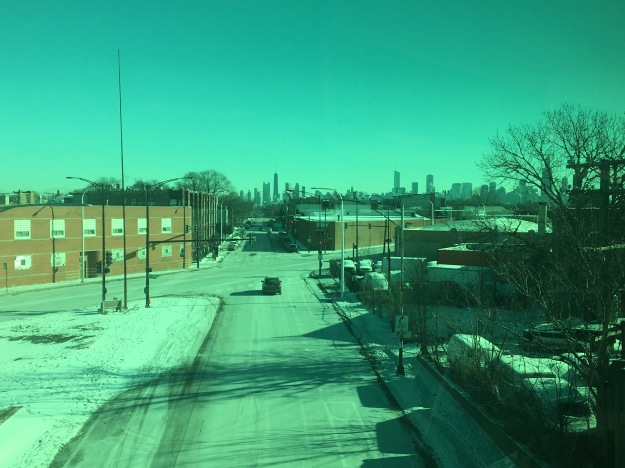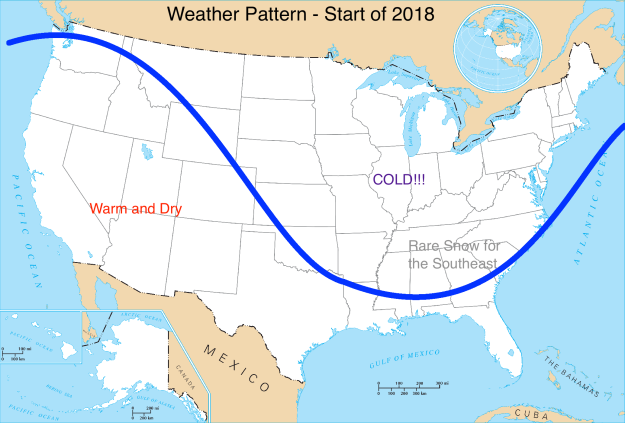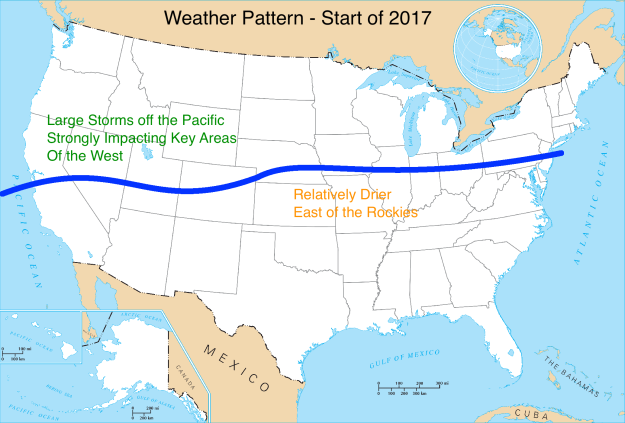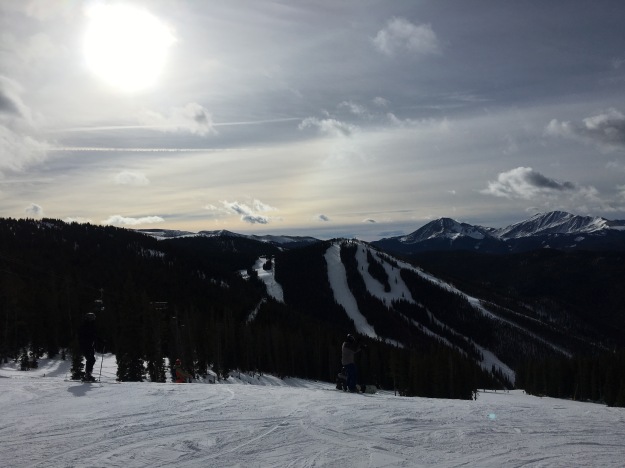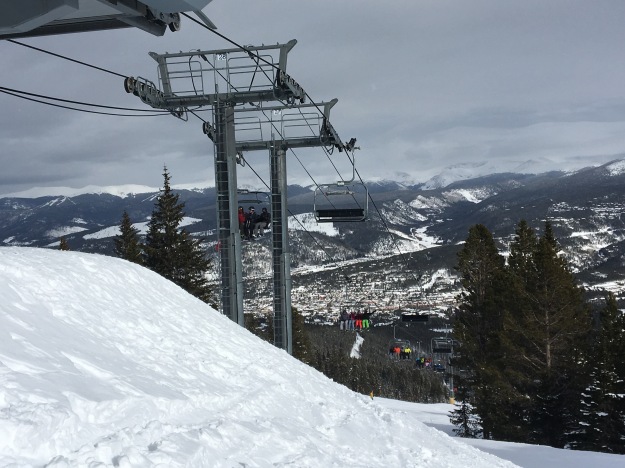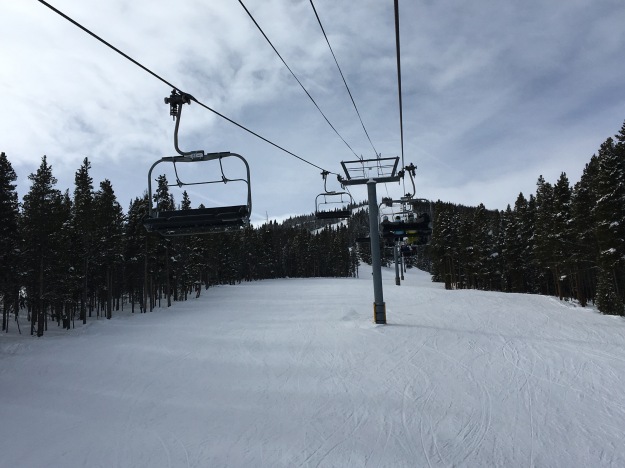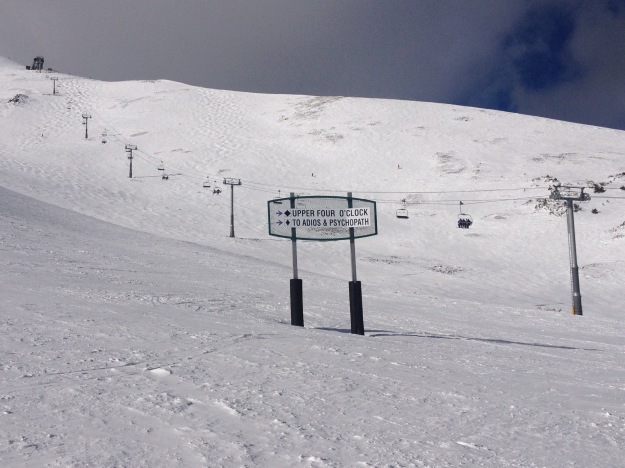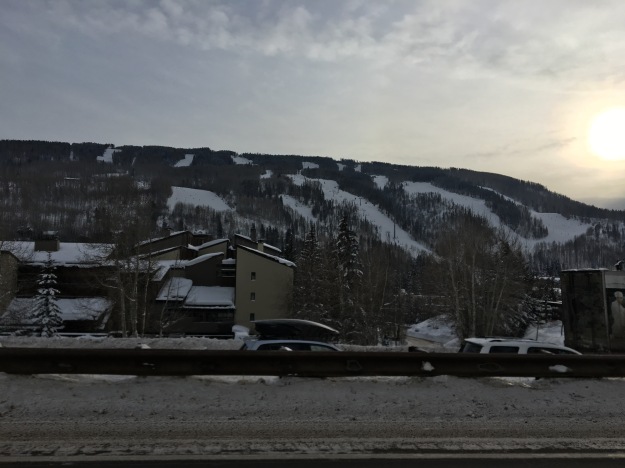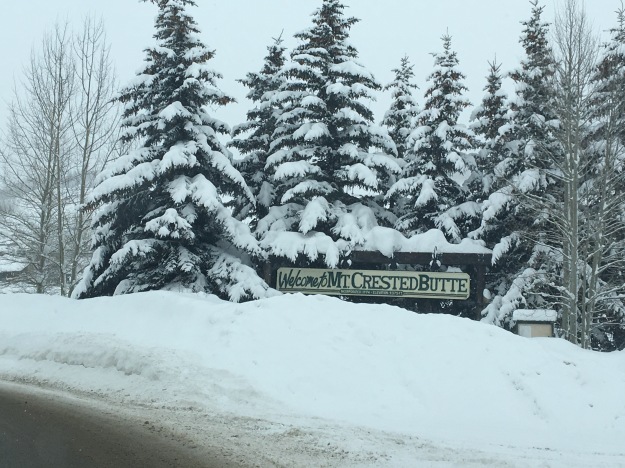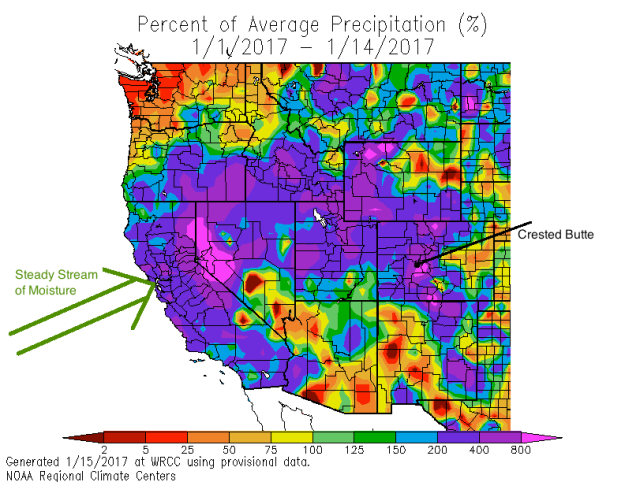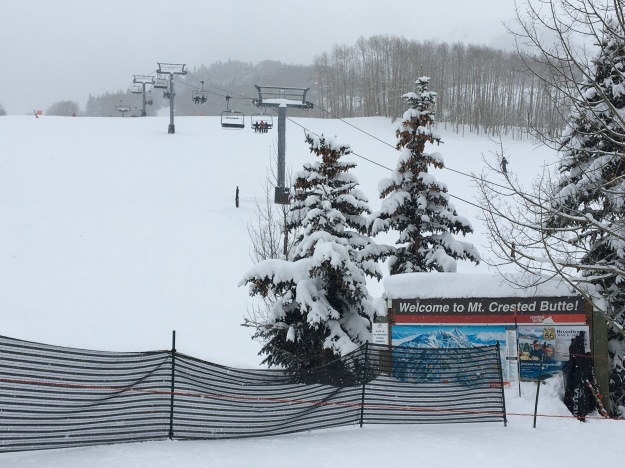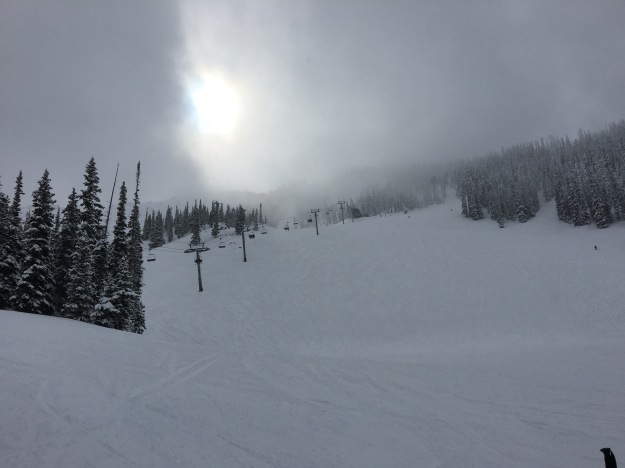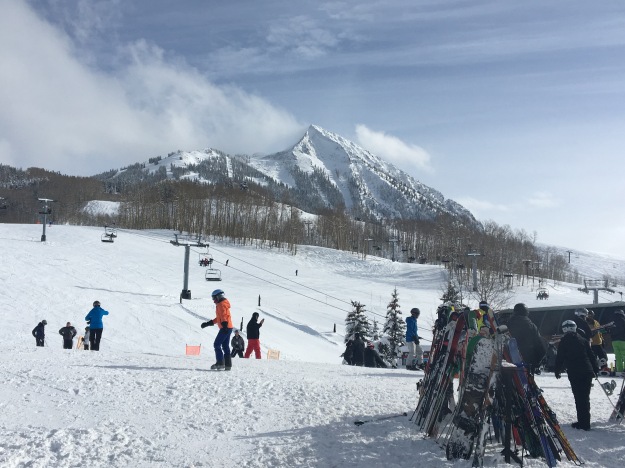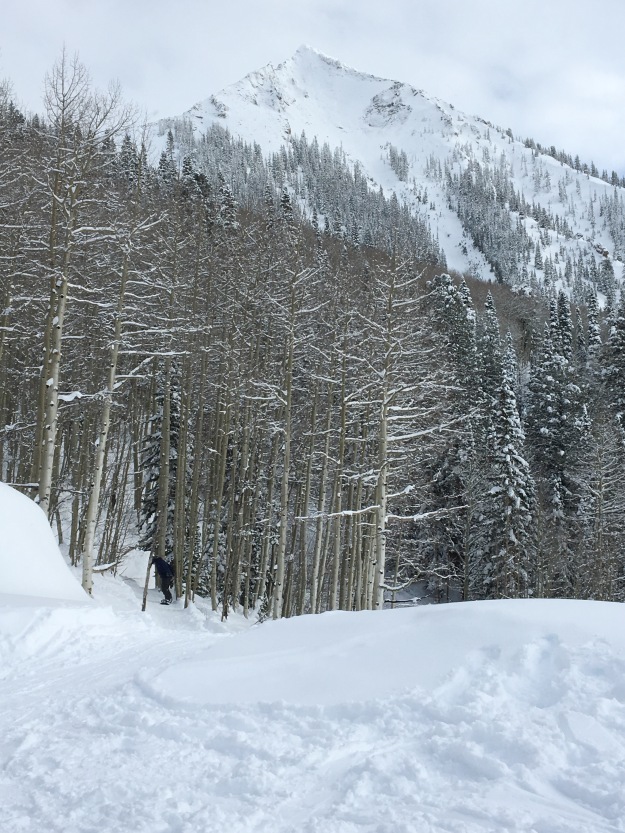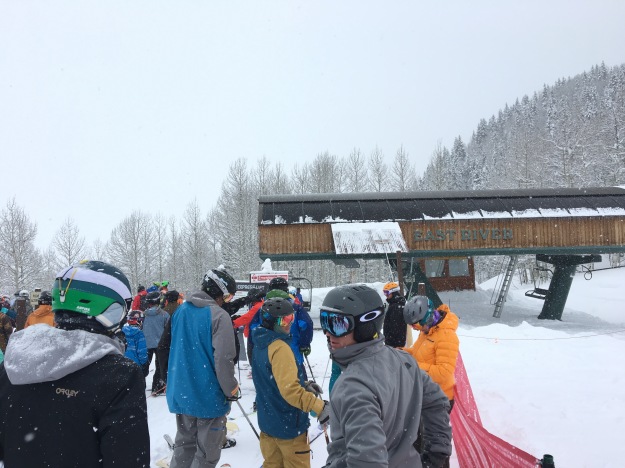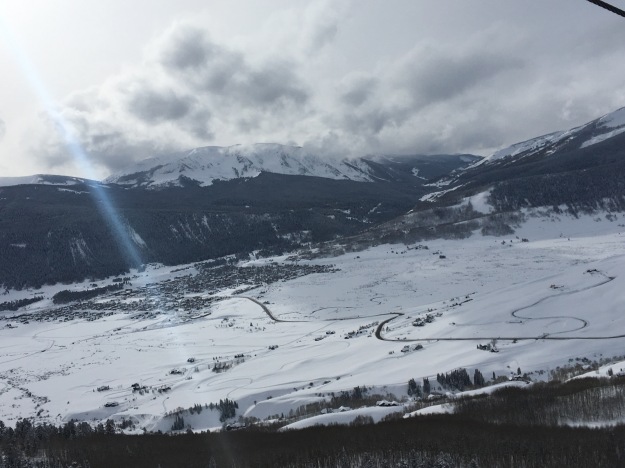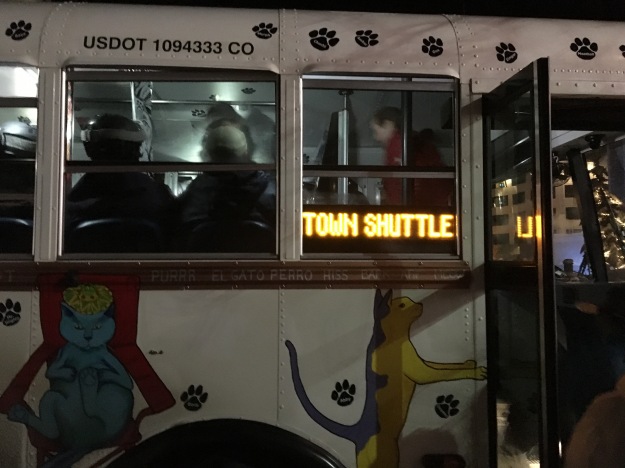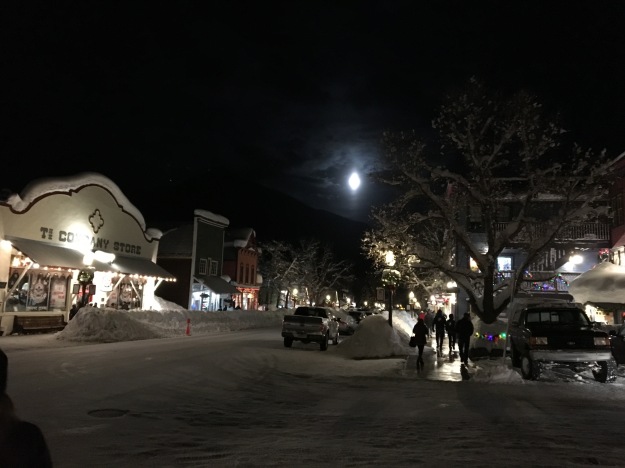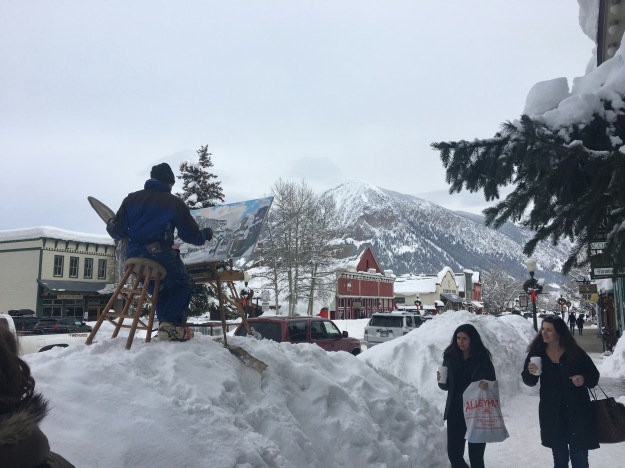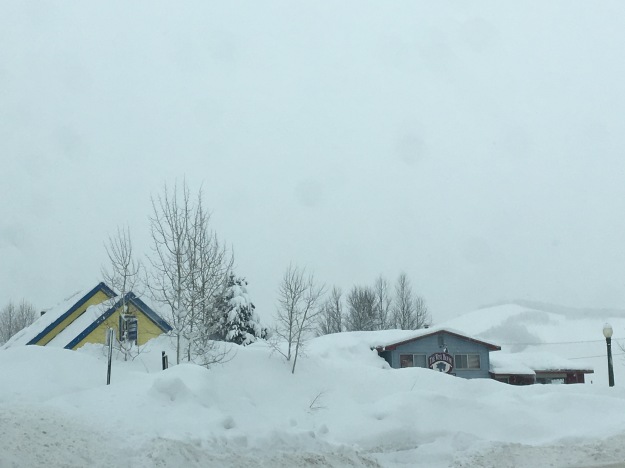
Christmas, and the Christmas season, is quite easy to understand as a child…
Time off of school
Family gatherings
Fun lights, decorations, parades and movies
And, of course, Santa Clause coming and bringing toys
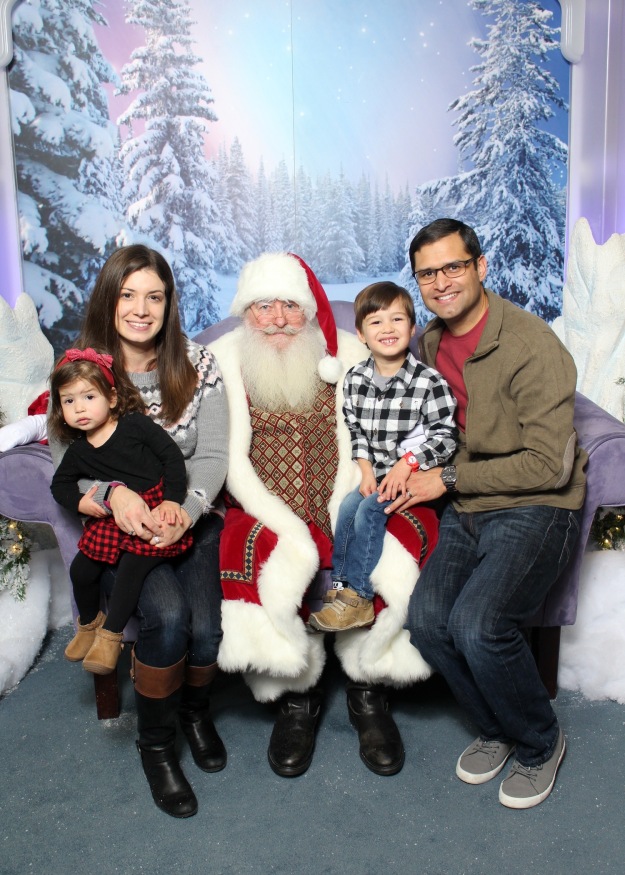
Maturity complicates things. For many, there is a lot of work to do, work that is not related to Christmas; shopping, decorating, cooking, event planning, etc. In college, the Christmas season often means the end of a semester, with final projects and preparations for final exams. In many work environments, end of the year projects and the rush to meet annual goals can create a busy month. Unfortunately, this stress can sometimes make it hard for many adults to actually enjoy activities like baking and putting up Christmas decorations. These activities, which were meant to be joyous, end up just creating more stress.
Another complicating factor is the nature of what it is we desire at different ages. What most kids want is something that Santa can bring down a chimney, or what a parent, friend or relative can wrap up into a box. What most adults truly yearn for is something that cannot be found at a shopping mall, or even on Amazon. True love, self-respect, acceptance, community, and many of the things mature people need for a truly fulfilling life, but often lack, cannot be achieved over the course of one day, or even one season.

Then, for those who are fortunate (or unfortunate) enough to be of the more intellectual persuasion, there are all the questions and observations.
Should non-Christians even be celebrating Christmas?
Is Christmas even really a Christian holiday? Given its dubious historic roots, and current manifestation as largely secular and materialistic.
Is there too much materialism in the holiday?
What does it mean to be in the “Christmas Spirit?”
Does all the talk of snow in Christmas music make it too biased against those who live in the tropics or the Southern Hemisphere?
What would happen if someone crashed a Christmas Party, and interrupted “Let it Snow”, with the Lil’ Wayne & Fat Joe Song “I’ll Make it Rain”, while yelling “Climate Change”?
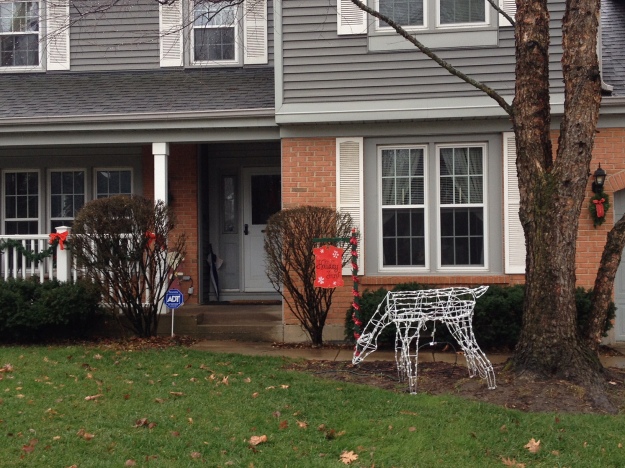
It is also possible to observe people for whom Christmas is not a great time of year. People with truly dysfunctional families (beyond just different political views) may dread the holidays, and for people with no family at all, it can be a time of intense sadness.

There are probably a lot of lonely adults wondering how a season that once brought them much joy has now become one of indifference, stress, or even worse, sadness. What is it that can be done this Christmas Season to create a more positive outcome?
There are three natural instincts regarding where to begin talking about the meaning of Christmas for adults.
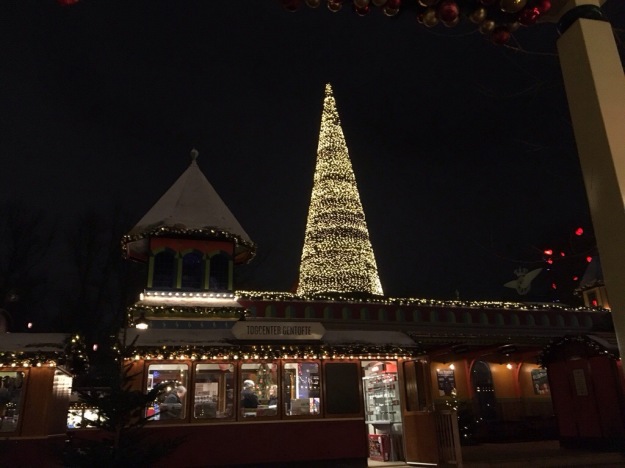
The first is to talk about the Christmas Spirit; compassion, generosity, warmth and understanding. There are, of course, reasons this is a good thing, but anyone who has gone through a truly tough time in their lives knows that not everyone has the capacity to be in this spirit at all times. The Human Spirit can change with circumstance and environment regardless of season.

The next is to roll it up with New Years, into some kind of a prolonged period of self-reflection, where the events of one year are process and the goals and themes of the coming year are considered. Of course, it is quite self-evident how effective this is, given how few New Years resolutions are actually kept.
Then there is the cycle of life that is the seasons, with the Christmas season being the beginning of winter in the Northern Hemisphere. There is historical precedence for cycles of holidays or festivals that roughly match the start and end (and sometimes the mid-points) of each of the four seasons. For some, Christmas serves as an exciting start to an exciting season, while for others, it softens the blow of entering a difficult season.
The primary common thread regarding the reasons people value Christmas relates to taking a break from the normal progression of events.
Even those who truly love their jobs need to periodically take a break. While some jobs have prolonged time off, like summers for teachers, for most, Christmas represents the longest break period of the year. For some, it’s a time to rest. For some it’s a time to party. For others, it is a time to just slow down, stop, and observe the true beauty of their surroundings. Most importantly, regardless of whether someone’s circumstances in their regular day-to-day lives are fortunate or unfortunate, it is a chance to regroup, and focus on something else for a change of pace.





